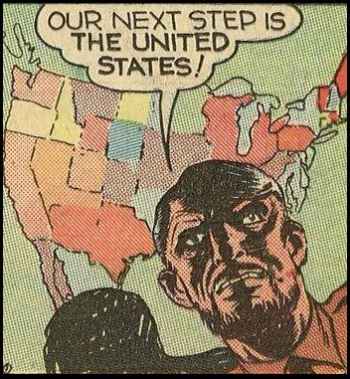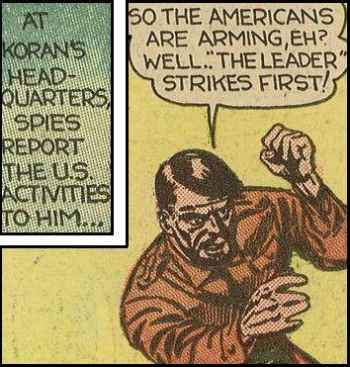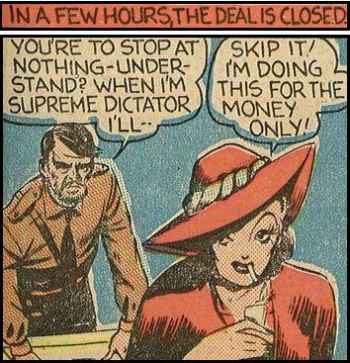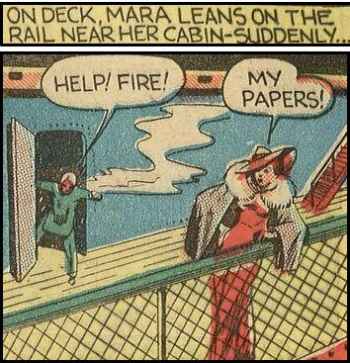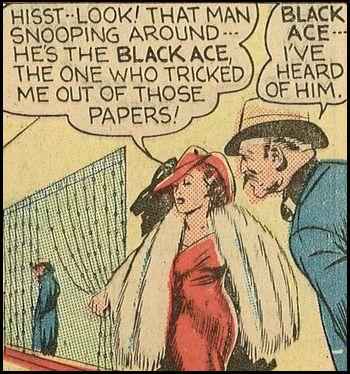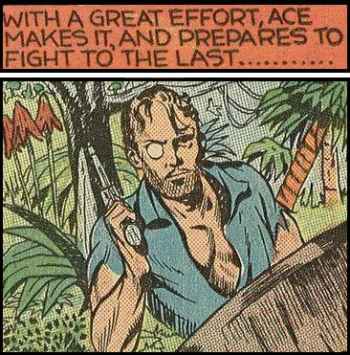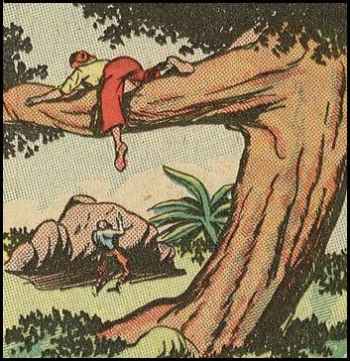



The background of premier comics pioneer Will Eisner has much in common with many of his contemporaries in the field. Born in 1917 to recent immigrants from German Austria, young Will's father was employed by New York City's Jewish Art Theater as a set designer. Coming of age during the Depression, Eisner's first published work graced the pages of various pulp magazines. This work experience, combined with an early love for the movies and an innate genius, helped make young Eisner one of the most innovative and exciting creators in the nascent industry. One of the first to come upon the idea of producing brand new material for the comic magazine format (which until then had been merely a vehicle for recycling old newspaper strips), Eisner, in partnership with Jerry Iger, set up one of the first professional art studios devoted to the form. He created or co-created a plethora of features, running the gamut from detective to sci-fi to superhero fare, and utilized a long list of pseudonyms to give the illusion that the studio employed a large stable of artists. (For much more detail on Eisner's life and work: http://www.comicartville.com/willeisner.htm)

Contrary to popular perception (as much of reality is), comics in the early days (as well as today) are and were not exclusively aimed at children and teens. An example of this (Eisner produced example after example throughout his illustrious career) is the strip featured on this page: Espionage. This outstanding spy feature went through numerous name changes (K-51, ZX-5) before settling on Espionage, and the strips protagonist was known as Black X before he became Black Ace. Never one to avoid controversial topics, Eisner's sophisticated American hero would be fighting Nazis years before the US, officially a neutral, entered the conflict. In some episodes, FDR, neutrality’s worst enemy, utilized Ace to wage covertly what Congress would not allow him to engage in legally. This directly parallels FDR's actions during the pre-war period; if he'd only had a mystery man or two handy in the 'real' world!

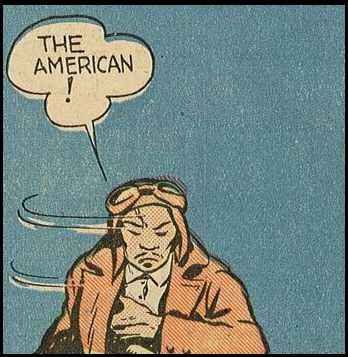



The story featured below was published in Smash Comics #1, cover dated August of 1939, over two years before US entry into WW2. The villain in this piece is a fictitious South American Hitler, Vlamir Koran, dictator of Argentina (a pro-Axis state, both then and now). Note: I am not enough of an expert on Eisner's art to determine whether or not this strip was written and drawn completely by Eisner himself. He would often start a feature, doing the first handful of stories to establish a solid foundation, and then leave the strip for others to perpetuate. My guess is that the stories utilizing Eisner's Will Erwin pseudonym were done br Eisner, while later installments forgo the credit; it's just a guess, however. Either way, it's a great story, and a good example of the pre-war interventionist rational.







